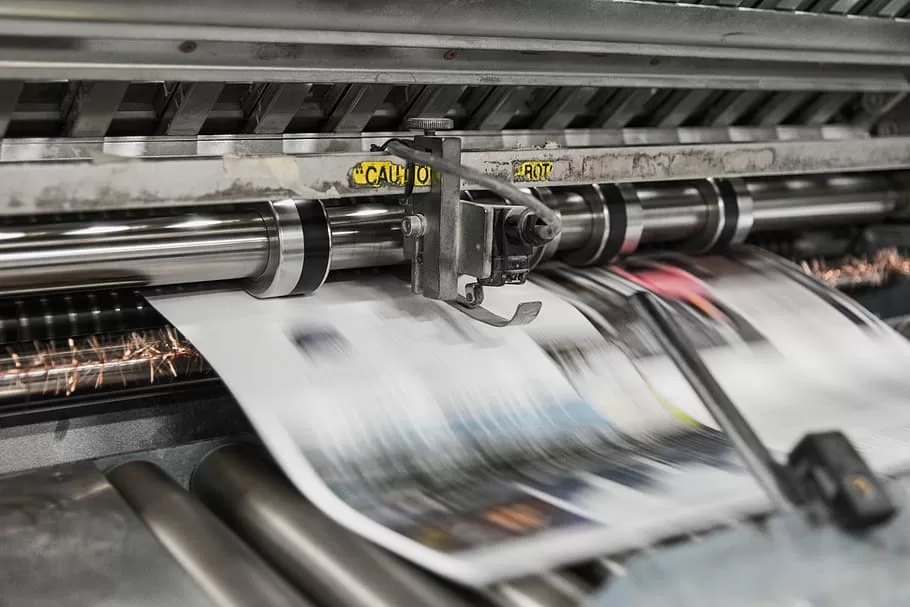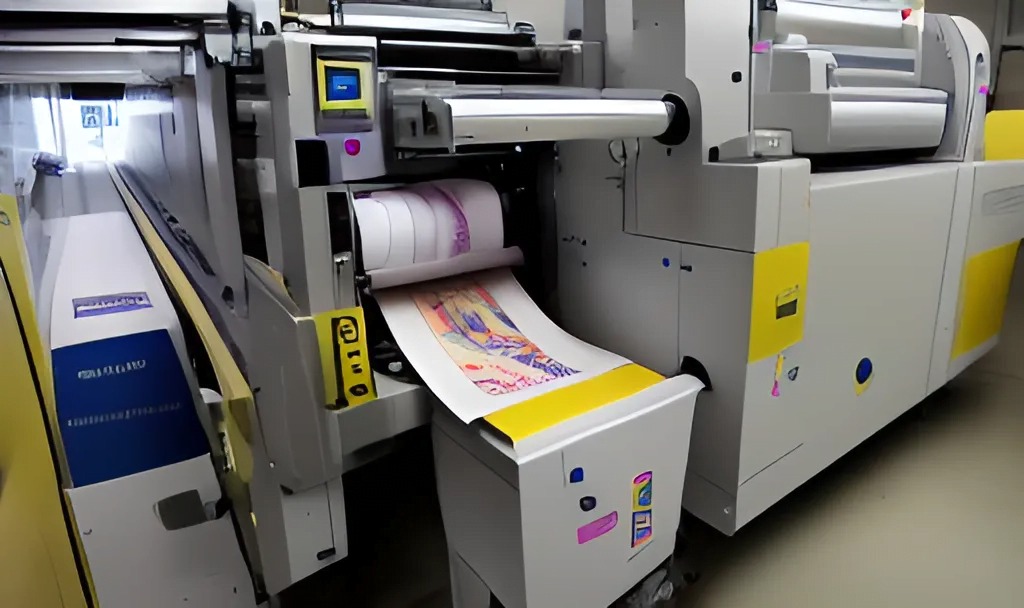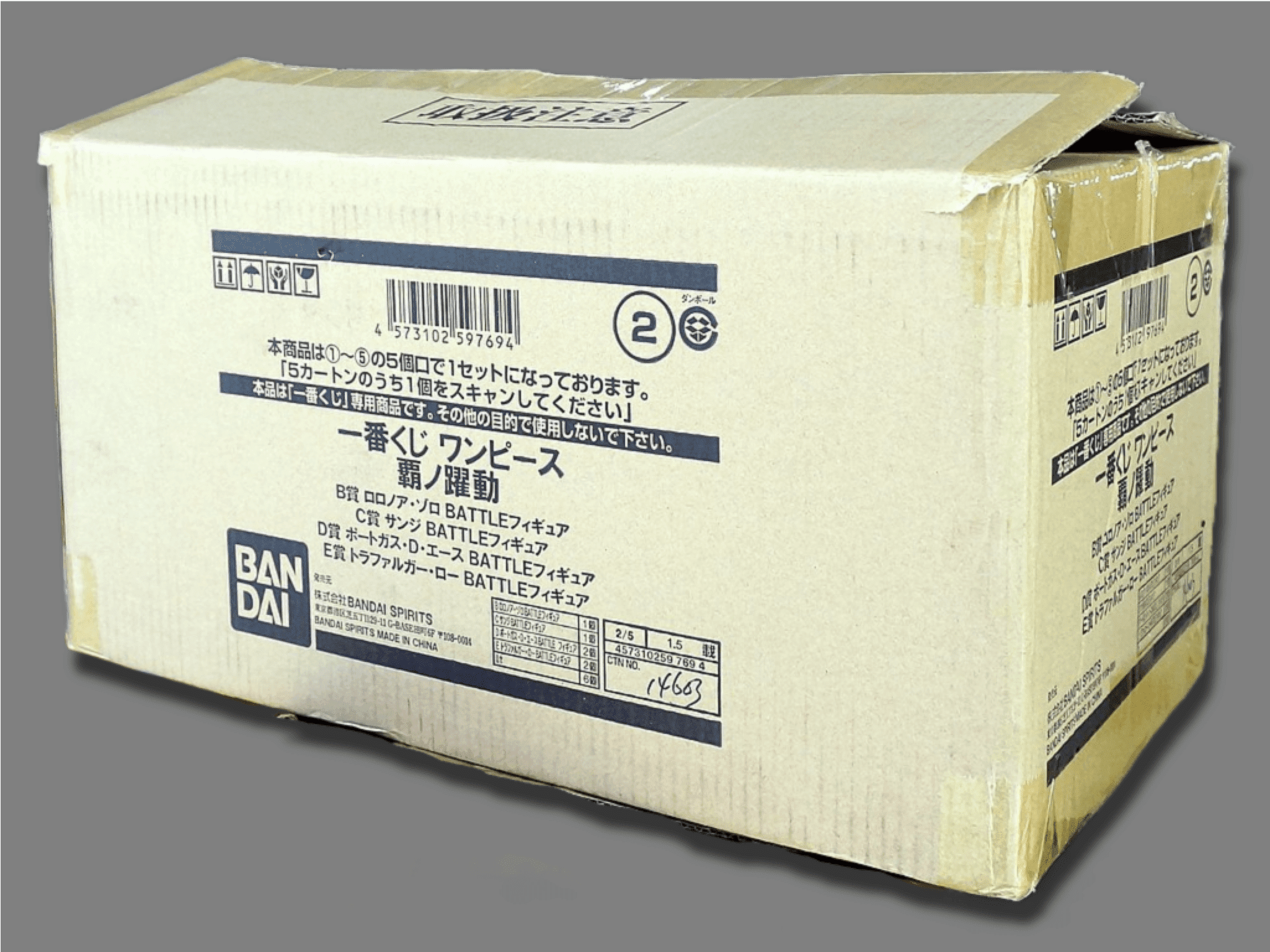In the realm of flexo web printing, where large rolls of material are processed at high throughput, distinctions between narrow and wide web flexo printing emerge significantly. While both facilitate efficient printing on a continuous web, specific differences delineate their practical applications and operational nuances.
Width Variation
One fundamental disparity lies in the width of material employed. Narrow web presses utilise comparatively smaller material widths, catering to specific applications that do not necessitate wider substrates. Conversely, wide web printing accommodates broader materials, augmenting print capabilities for larger-format products and high-volume production requirements.
Beyond width specifications, nuanced variations dictate the functionality and performance metrics of narrow and wide web flexo presses.
Speed Dynamics
A key distinguishing feature is the operational speed. Wide web flexo presses exhibit a penchant for high-speed operations, surpassing 300 metres per minute, ensuring swift and efficient production workflows. In contrast, narrow web presses operate at speeds typically ranging between 150 and 200 metres per minute, offering precision and control for specialised printing tasks.
Ink Drying Considerations
The disparity in press speeds necessitates tailored ink formulations. Wide web applications commonly utilise fast-drying solvent-based inks, catering to the rapid pace of production. Conversely, narrow web printing leans towards slower-drying inks, maintaining optimal viscosity levels for controlled application on substrates, ensuring quality outcomes.
Comparing ink viscosities reveals distinctions with wide web operations at around 25 seconds, #2Zhan, contrasting with narrow web standards averaging at approximately 35 seconds. Notably, narrow web presses facilitate the deposition of thicker ink layers, enhancing colour vibrancy and print quality.
Doctor Blade Configurations
Technical differences extend to doctor blade systems, where wide web presses integrate chambered doctor blades for precise ink metering. In contrast, narrow web setups incorporate ink fountains and trailing doctor blades, ensuring consistent ink application. This configuration variance influences ink evaporation rates, impacting solvent retention and pH stability within narrow web systems.
Respective Advantages
Harnessing the benefits of narrow web flexo printing entails streamlined production processes and rapid turnaround times suited for small to medium print runs. The cost-effectiveness of narrow web setups presents a compelling case for businesses seeking efficient and economical printing solutions, accentuating speed and accuracy over large-scale production volumes.
Conversely, wide web flexo printing excels in accommodating extensive material widths, ideal for large-scale print orders and diverse product ranges. Its efficiency in handling high production volumes, coupled with cost sensitivity considerations, positions wide web printing as a robust solution for businesses requiring tailored printing services at scale.
These distinctive attributes and functional nuances serve as vital considerations when selecting between narrow or wide web flexo printing methods, aligning operational requirements and production objectives for optimal outcomes.






